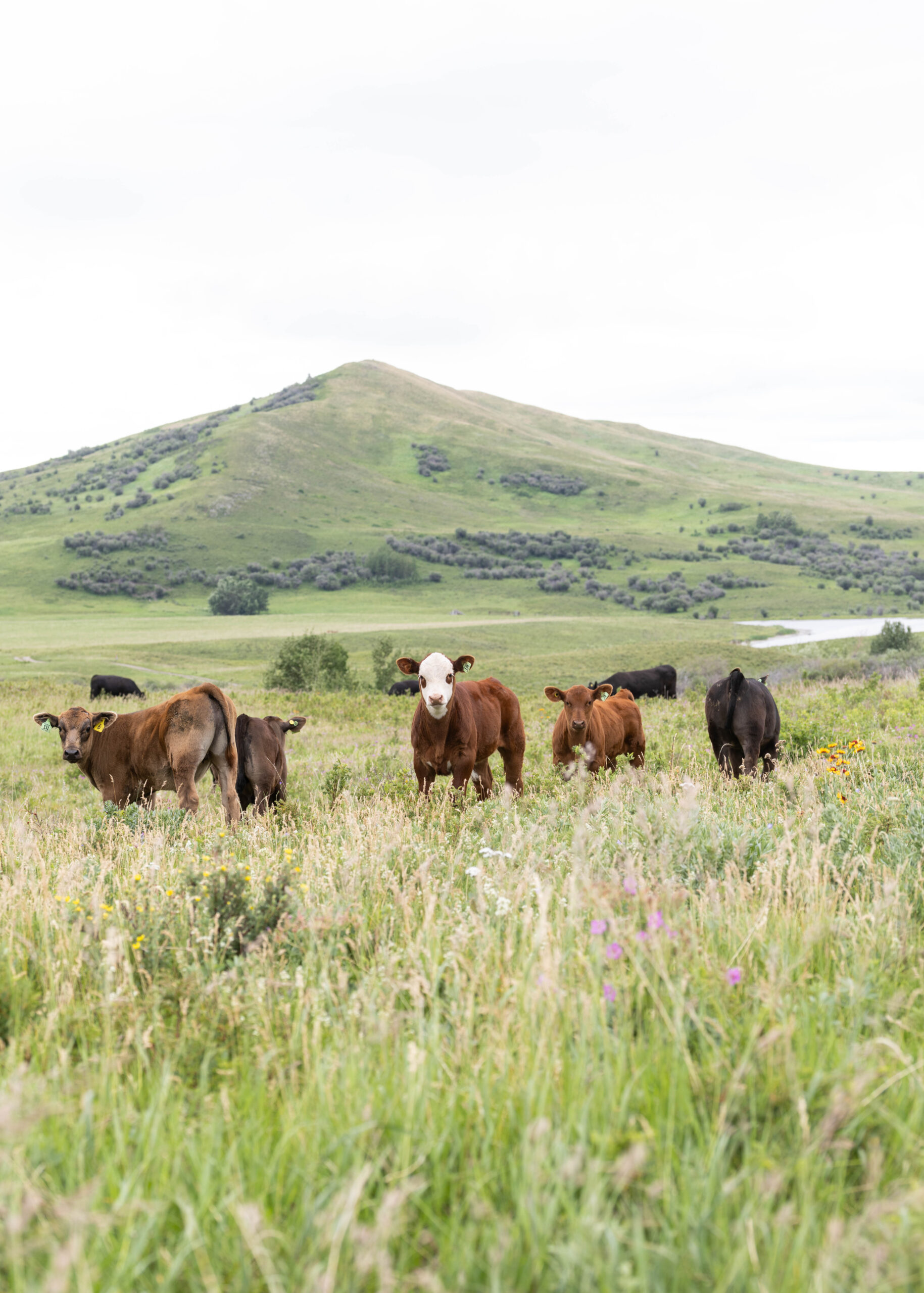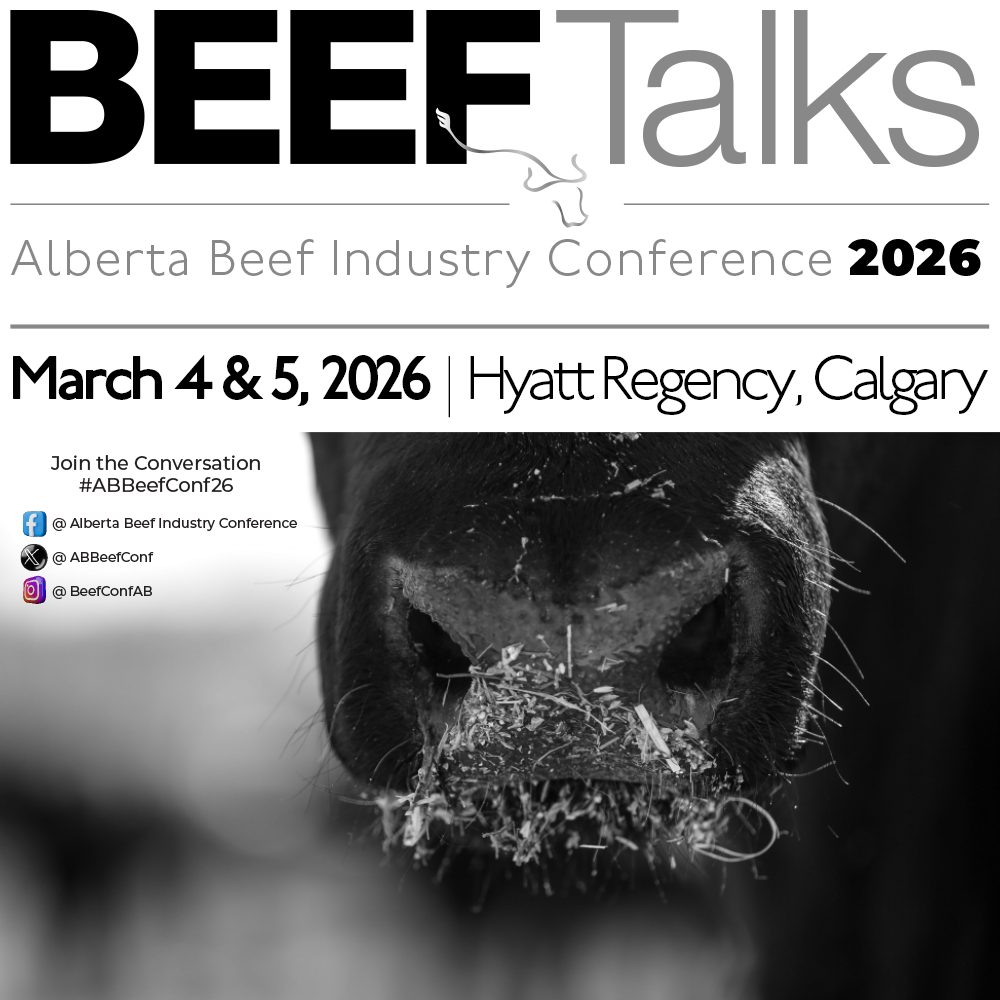AB Direct - Steers
Rail: ---
AB Direct - Heifers
Rail: ---
US Trade- Steers
Rail: ---
US Trade - Heifers
Rail: ---
Canadian Dollar
0.19

Canfax Weekly Article | Report for the week of Sept. 22, 2025
Alberta fed prices are holding near record highs. Traditionally, this time of the year fed prices are putting in annual lows. Since the beginning of July, fed prices have rallied 7 per cent. Looking at the past fifteen years, this puts it as the second-largest third-quarter price rally, with only 2011 being larger when prices advanced 9 per cent. Dressed sales were reported at $520.00–$525.00/cwt delivered, steady to $2.00/cwt lower than the previous week. Cattle that traded were scheduled for delivery throughout October. Fed cattle from Saskatchewan and Manitoba are coming into Alberta for slaughter. The bright spot this week was the Eastern Canadian fed market. Ontario dressed sales were $542.00/cwt delivered, steady with last week. Cattle traded are scheduled for delivery the week of October 6th.
Last week, Alberta auction volumes were 54,510 head, down 59 per cent from last year and the third-smallest volume in the past decade for the same period. This decline could be due to a smaller yearling run observed so far. In May and June, electronic/forward delivery sales totaled 116,537 head, the largest in the last twenty years and nearly 50 per cent higher than the second-highest volume recorded in 2023 at 78,319 head. This may contribute to the smaller yearling run, if many were sold earlier this year. The feeder market has been all gas and no brakes with tremendous prices across the board. The Canfax average feeder steers and heifers closed the week $19.00/cwt and $11.00/cwt stronger respectively. Calves are having a runaway with an incredible rally, while yearling prices have been more moderate, tracking closer to the five-year index.
Last week, Alberta D2 and D3 cows through commercial auction markets were $2.00/cwt stronger, butcher bulls traded $9.00/cwt higher, while feeder cows traded $6.00/cwt lower. Railgrade cows traded from $420.00–$430.00/cwt and have been tracking sideways for the past seven weeks. Auction volumes have been on average below a year ago since the beginning of August.
Bull
- Calves are having an incredible rally
- The nearby live and feeder cattle contract has regained most of its losses from the volatile week
- Eastern Canadian fed prices are trading at a $2.00/cwt discount against the Nebraska market, one of the strongest basis levels seen this year
Bear
- Fed cattle shipments to the U.S. are expected to stay below last year as basis levels have strengthened in recent weeks, possibly putting extra supplies on the domestic market. Near term, price upside for the fed market should remain limited
- Year-to-date fed cattle slaughter is down 7 per cent compared to last year
- Canadian heifer carcass weight is hovering near record high at 877 pounds


